Skiing is a thrilling sport that combines speed, agility, and the breathtaking beauty of snow-covered landscapes. However, to fully enjoy the experience and ensure safety, it's essential to have the right gear.
One often overlooked piece of equipment is the ski pole. The question "What size ski poles do I need?" is more important than many skiers realize, as the right length can significantly affect your performance and comfort on the slopes.
The Importance of the Right Ski Pole Length
The right ski pole length is vital for maintaining proper posture and balance during downhill skiing. Ski poles help skiers with timing and rhythm while turning, and they also provide support for planting turns.
If your poles are too long or too short, you could end up compromising your form, which can lead to fatigue or even injury. Most ski poles are measured in centimeters, and finding the correct length is the first step to enhancing your skiing experience.
How to Measure for Ski Poles
To determine the right ski pole length, you can use a ski pole size chart or perform the traditional flip test. For the flip test, grab the ski pole just below the basket and flip it upside down.
When you hold the pole with the tip touching the ground, your elbow should be at a 90-degree angle. If your arm is too high or too low, the poles are not the correct length. This method gives you a good starting point for finding the right size poles.
What Size Ski Poles Do I Need
The Flip Test: A Practical Approach
The flip test is a quick and easy way to shop ski poles. When you're in the store, simply turn the pole upside down, grab it below the basket, and see if your arm forms a right angle.
This traditional method is a reliable way to find the right length ski poles for alpine skiing. However, for activities like backcountry skiing or off-piste adventures, you might want different lengths to adapt to varying terrain.
Ski Pole Sizing Charts
Many poles come with a size chart that can guide you to the correct length based on your height. These charts are a convenient reference when buying ski poles online or if you want a second opinion after performing the flip test.
Keep in mind that these charts are a general guide, and personal preference and skiing style may influence the perfect pole length for you.
Adjustable Ski Poles: Versatility on the Slopes
Adjustable ski poles, or telescopic poles, are a great option for skiers who enjoy different types of skiing or who share poles among family members.
These poles can be lengthened for powder days when longer poles help you navigate fresh powder, or shortened for technical skiing where shorter poles provide better maneuverability.
Adjustable poles are also ideal for growing children or for skiers who want one pair of poles for all conditions.
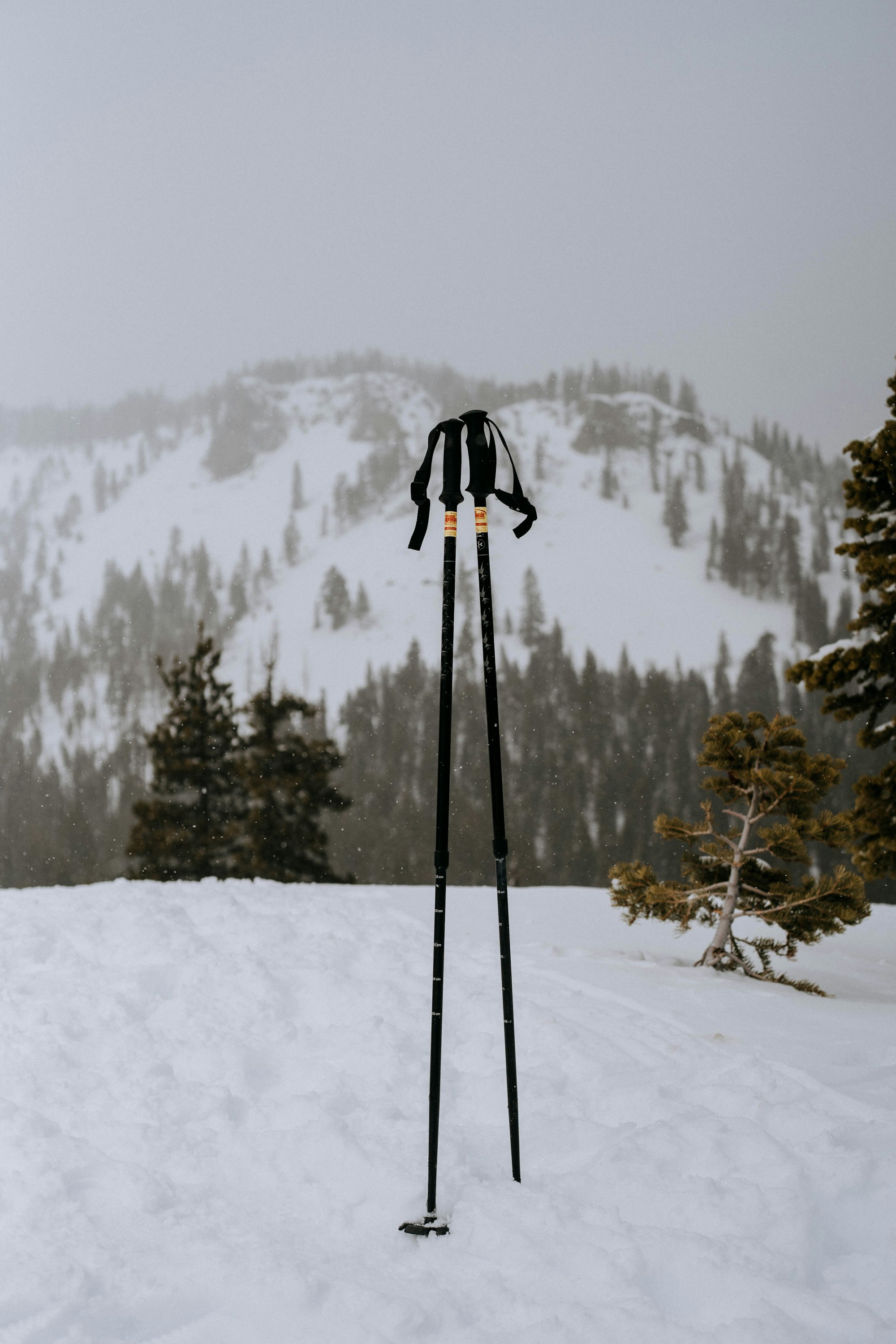
The Role of Ski Pole Materials
Ski poles are made from different materials, including aluminum, carbon fiber, and composite blends. Aluminum poles are durable and affordable, making them a popular choice for many skiers.
Carbon fiber poles are lighter and can reduce arm fatigue, which is beneficial for aggressive skiers or those who spend long days on the slopes. The material of your ski poles can affect their weight, flexibility, and overall performance.
The Evolution of Alpine Ski Pole Design
Alpine ski poles have come a long way since their rudimentary beginnings. Initially, ski poles were little more than sticks used to help skiers balance. Today, they are sophisticated pieces of ski gear, designed with precision to enhance performance.
The evolution of the alpine ski pole has seen the introduction of materials like carbon fiber, which offers a lightweight yet strong alternative to traditional aluminum shafts.
This advancement means that poles can now bend without breaking, providing skiers with the flexibility they need when carving down the slopes.
The design of ski pole grips and straps has also seen significant innovation. Ergonomically shaped grips ensure that skiers can hold their poles comfortably for extended periods, reducing hand fatigue and improving control.
Meanwhile, ski pole straps have been refined to provide a secure fit around the wrist, preventing poles from being dropped and allowing for a quick release if necessary.
These design improvements not only enhance the skiing experience but also contribute to the safety and efficiency of the sport.

Choosing the Correct Size for Cross Country Skiing
When it comes to cross country skiing, selecting the correct size of ski poles is crucial for optimal performance. Unlike alpine skiing, where a shorter pole is often preferred for better balance and control, cross country skiers typically use longer poles.
This is because longer poles aid in propulsion across flat terrain and help maintain a rhythmic stride. The general rule of thumb for cross-country poles is that they should reach up to the skier's armpits or shoulders when the tips are planted in the snow.
However, for racing poles, some skiers may opt for a slightly longer pole to maximize their glide and speed.
It's important to note that the correct size can vary depending on the skier's technique and the type of terrain. For off-piste adventures, a shorter pole might be beneficial for navigating through uneven terrain and deep snow.
In contrast, on groomed trails, long poles can provide the necessary leverage to push against the snow.
As with all ski equipment, personal preference plays a significant role, and skiers should always consider their comfort and skiing style when choosing their cross-country ski poles.
Ski Pole Features to Consider
When you're looking to buy ski poles, consider features like grips, straps, and baskets. Grips should be comfortable in your hands, and straps should be easily adjustable to ensure they don't fall off during a tumble.
Baskets come in different sizes; larger powder baskets prevent poles from sinking too deeply in soft snow, while smaller baskets are suitable for groomed slopes.
Ski Boots and Pole Length
Your ski boots can affect the length of poles you need. When trying out poles, make sure you're wearing your ski boots or ones of the same height.
This ensures that the pole length accounts for the added height of the boots and provides a more accurate measurement for the right size ski poles.
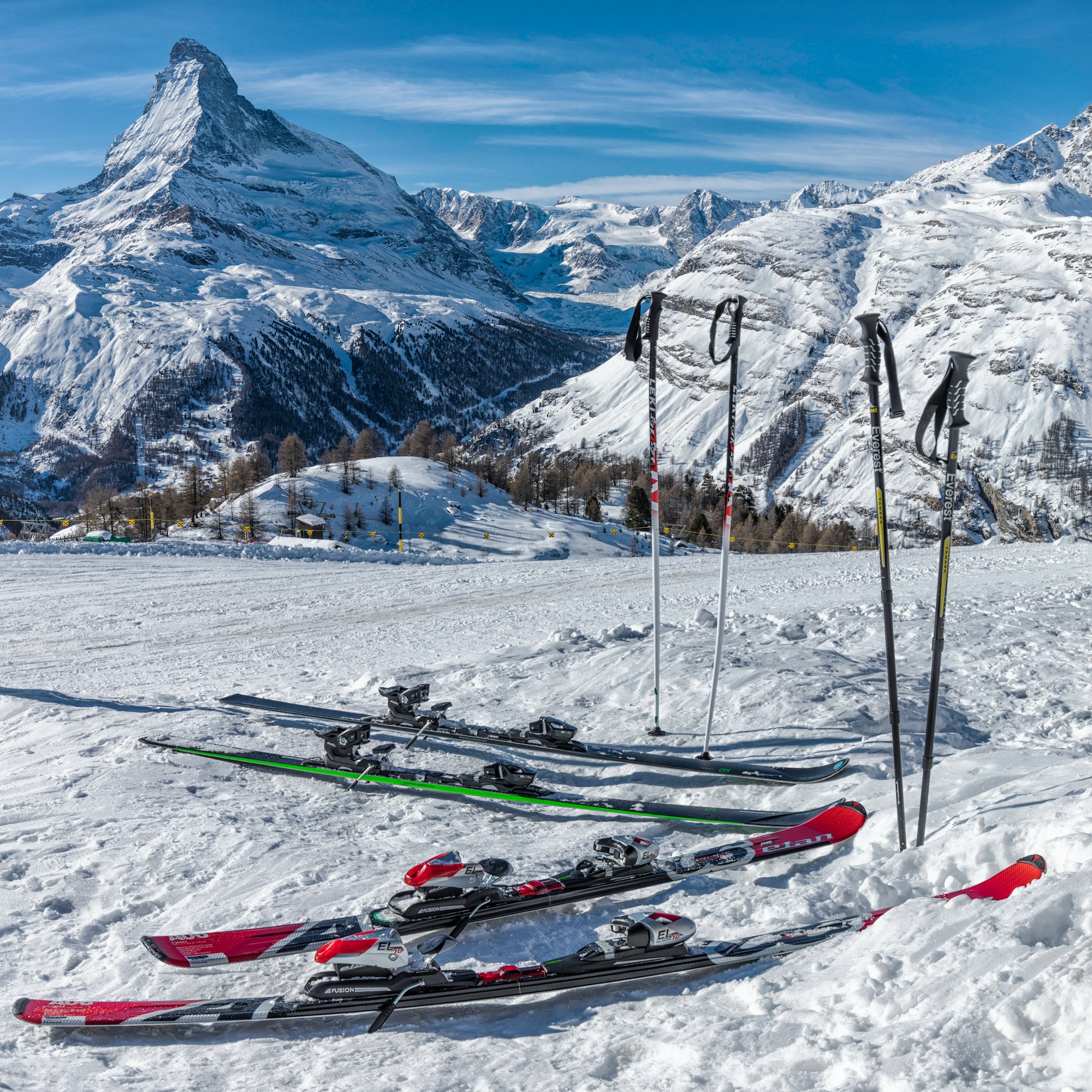
Skiing Style and Pole Length
Your skiing style plays a significant role in determining the right length of ski poles. Aggressive skiers may prefer shorter poles for quick, sharp turns, while those who enjoy a more relaxed pace may find longer poles more comfortable.
Consider your style and the type of terrain you frequent when choosing the length of your ski poles.
When to Choose Shorter or Longer Poles
Shorter poles are often recommended for skiers who spend most of their time on groomed runs, as they allow for better balance and control.
Longer poles, on the other hand, are beneficial for skiers who venture into deep snow or off-piste areas, as they help with planting turns in soft conditions. It's all about finding the right balance for your needs.
Personal Preference and Ski Pole Length
While guidelines and size charts are helpful, personal preference should not be overlooked. Some skiers may feel more comfortable with poles that are slightly longer or shorter than the recommended length.
It's important to try out different lengths to see what feels best for you, as comfort is key to enjoying your time on the slopes.
The Impact of Leg Length and Upper Body
Leg length and upper body proportions can influence the correct length of ski poles. Skiers with longer legs or a shorter upper body may need to adjust the recommended pole length to maintain proper form.
It's essential to consider your body proportions when selecting ski poles to ensure they complement your natural stance.
Some Final Thoughts
Choosing the right size ski poles is a blend of science and personal preference. By using a size chart, performing the flip test, and considering your skiing style and body proportions, you can find the perfect pole length for your needs.
Remember that adjustable ski poles offer flexibility, and the material of the poles can impact their performance. Ultimately, the right ski poles will enhance your balance, control, and overall skiing experience.

FAQ's
Can I use the same ski poles for different types of skiing?
Yes, adjustable ski poles are versatile and can be used for various skiing styles. However, some skiers prefer to have specific poles for different conditions, such as longer poles for powder skiing and shorter poles for groomed runs.
How do I know if my ski poles are the right length?
Perform the flip test by turning the pole upside down and grabbing it below the basket. Your elbow should be at a 90-degree angle. You can also refer to a ski pole size chart based on your height.
Does the material of the ski pole make a difference?
Yes, the material can affect the weight, flexibility, and durability of the poles. Aluminum poles are sturdy and cost-effective, while carbon fiber poles are lighter and can help reduce arm fatigue. Choose a material that suits your skiing style and preferences.
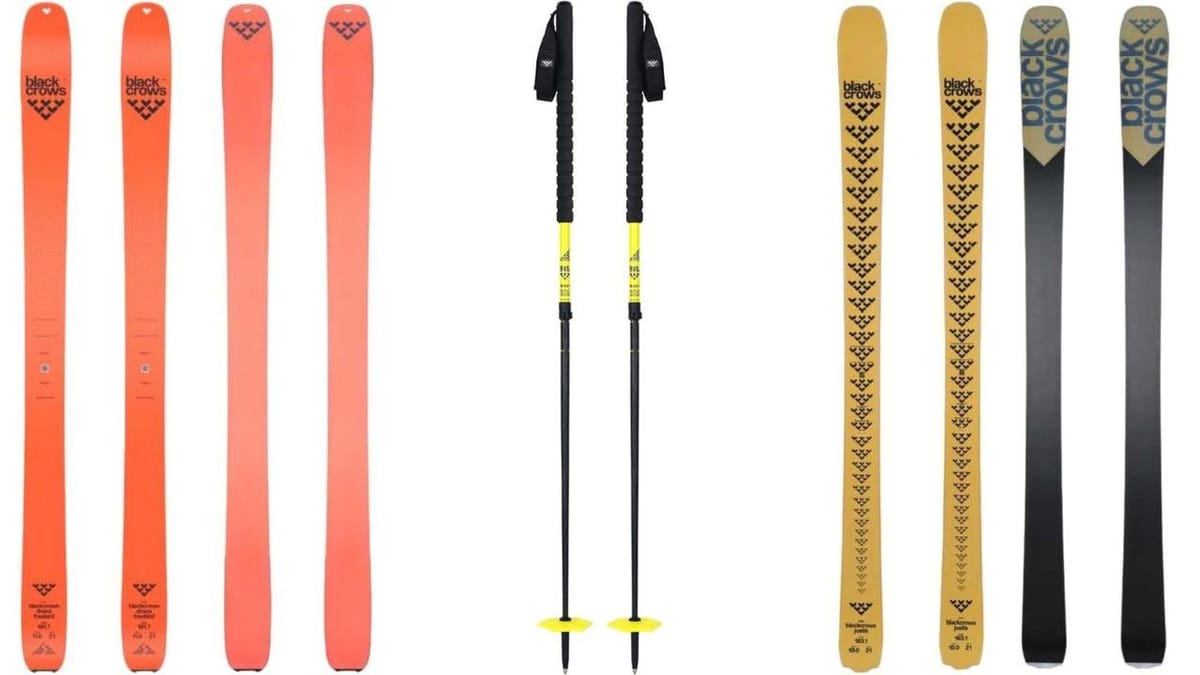

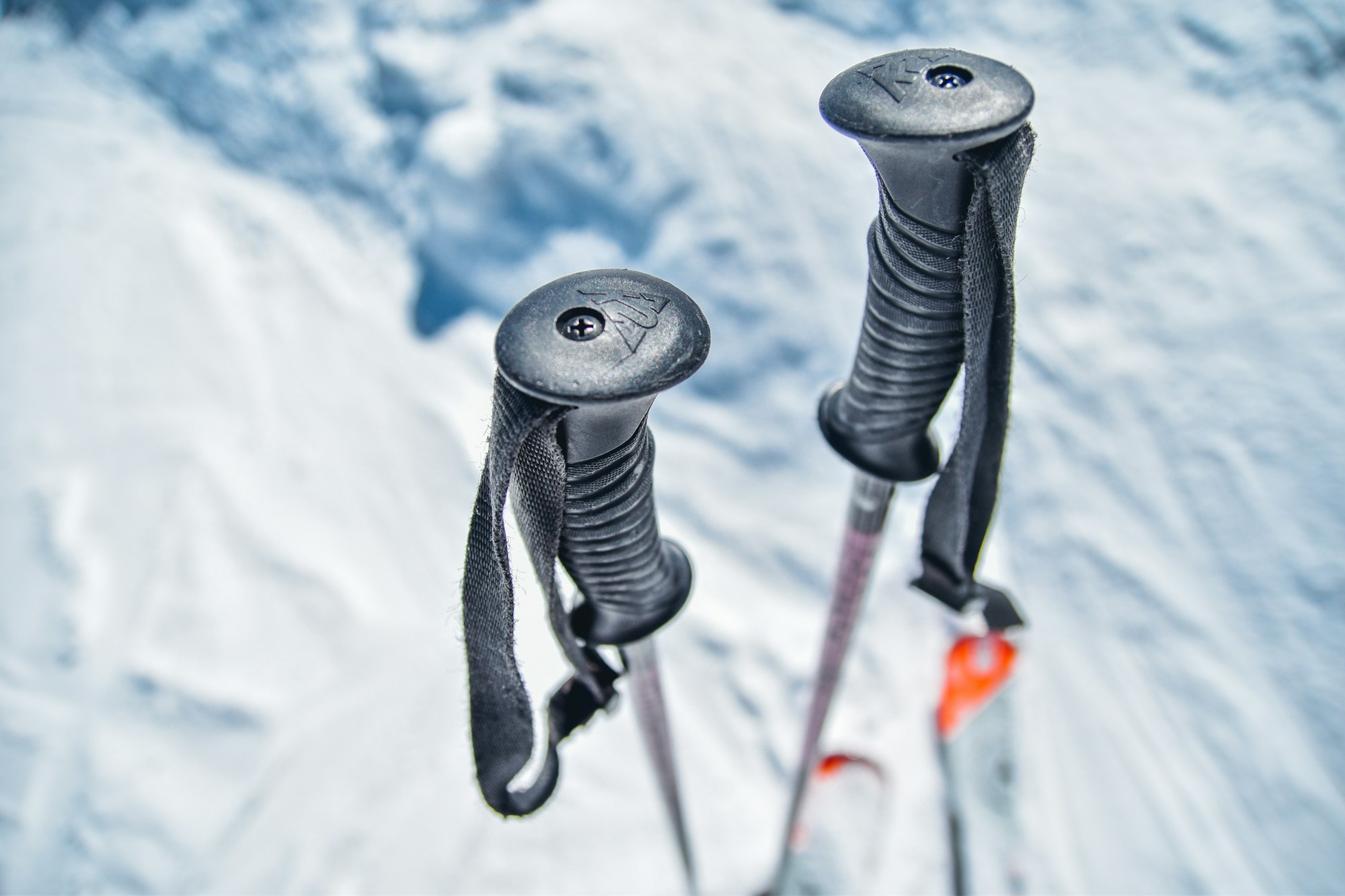




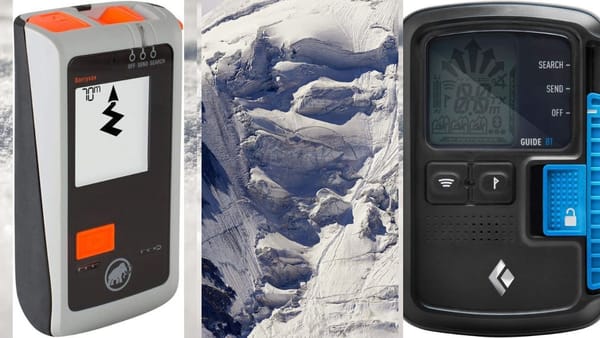
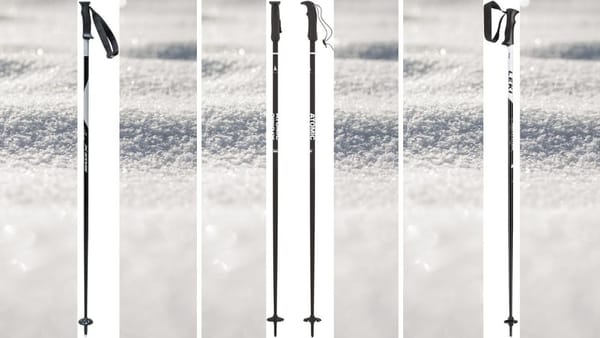



Member discussion